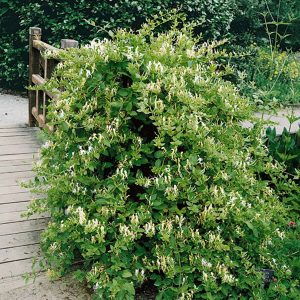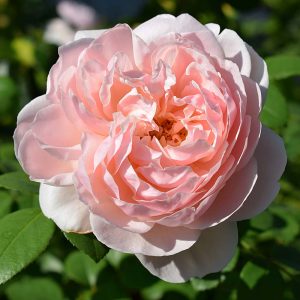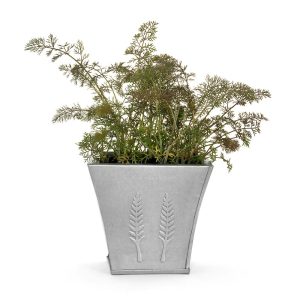Description
Hydrangeas are a very popular shrub that are grown for their impressive flowers that appear in Summer, with the most synonymous with the genus being the large round flowerheads produced by Hydrangea macrophylla and Hydrangea arborescens. Hydrangea macrophylla species can have two different forms of flowers depending on the specific cultivar, they can be either mophead with the large round flowerheads, or lace cap with a much flatter profile. Both types can change colour from pink to blue flowers depending on the levels of aluminium available in the soil, and this is typically controlled by the acidity of the soil, with acidic soil leading to blue flowers and more alkaline soil causing the flowers to go pink. White varieties will remain white regardless of the soil pH.
Key Facts
- Common Name(s):Hydrangea paniculata ‘Grandiflora’
- Hardiness:Fully hardy through most of the UK
- How big will I get? Hydrangea paniculata ‘Grandiflora’ can grow to a height of 3m and a spread of 2m.
- Did You Know That:Hydrangeas contain low levels of cyanide?
Plant Calendar
A rough guide to how this plant will change through the year.
| Jan | Feb | Mar | Apr | May | June | July | Aug | Sept | Oct | Nov | Dec | |
| Flowering Time |  |
 |
||||||||||
| Foliage Colour |  |
 |
 |
 |
 |
 |
 |
 |
 |
| J | F | M | A | M | J | J | A | S | O | N | D |
 |
 |
||||||||||
 |
 |
 |
 |
 |
 |
 |
 |
 |
Care Guide

Soil Requirements
Hydrangea paniculata ‘Grandiflora’ is a versatile plant and can cope with wet or drier soils, but prefers there to be decent drainage. This plant is not tolerant of alkaline soil, it requires either a neutral or acidic soil to grow.

Best Position
Hydrangea paniculata ‘Grandiflora’ can handle either an exposed or a sheltered position and can cope with either full sun or partial shade.

Maintenance
Hydrangea paniculata ‘Grandiflora’ can be cut back hard in early Spring, the idea is to create a healthy framework of old wood for new growth to emerge from. This is different to other Hydrangeas as members of this species flower on new growth. The plants will remain perfectly healthy if left unpruned but the issue is that the flowers will continue to appear higher and higher on the plant, and will eventually leave a flowerless woody structure around eye level as opposed to lots of beautiful flowers!

Pest, Diseases and Wildlife
Hydrangea paniculata ‘Grandiflora’ can have problems with aphids, and capsid bugs, and it tends not to have problems with diseases. It is toxic to cats, dogs and horses.





